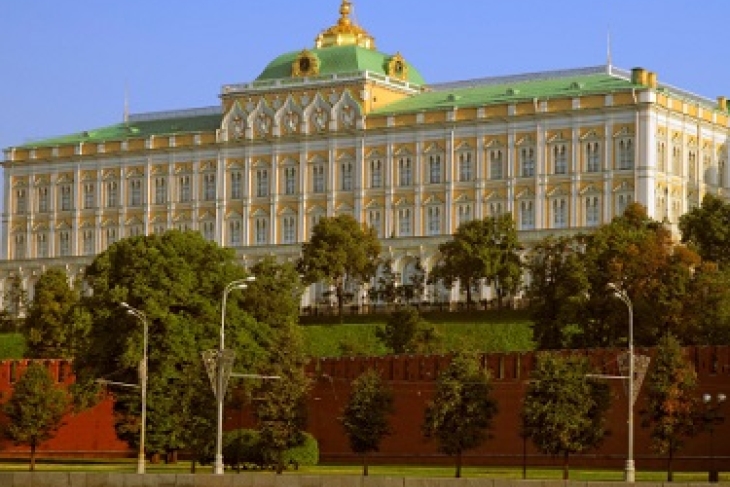[[{"fid":"114812","view_mode":"default","fields":{"format":"default"},"type":"media","link_text":null,"attributes":{"class":"media-element file-default"}}]]
Last Friday, in a 6-3 decision, the Washington State Supreme Court declared unconstitutional the state’s voter-approved charter school law, threatening the future of nine new schools with more than 1,200 students.
The ruling was not based on the merits of the law (one of the strongest in the country on accountability). Nor was it based on the words of the state constitution. Instead, the majority cut off all funding from charter schools (the specifics on when and how to be determined by a lower court) by relying on an obscure 1909 judicial interpretation of the words “common schools.” These words are found in the state constitution, but aren’t defined. The majority held that under this century-old definition, the charter school law did not subject those schools to enough “local control,” and therefore is unconstitutional.
The holding hinged on this idea of control—despite the fact that these charters are subject to more accountability than the state’s traditional public schools. Parents choose whether their children will attend. Charters performing in the bottom quartile of all public schools must be closed if they continue to fail. And local school boards are free to sponsor charters. (In fact, Spokane Public Schools has sponsored two already.)
The decision holds legal implications that likely go beyond charter schools. As the dissenting opinion pointed out, this ruling likely also applies to state-run programs like tribal schools and Running Start, a popular program that allows high school students to take community college courses. The court also sent a strong message of deference to district decision making, despite the movement to push responsibility for school accountability to states.
To charter advocates, this all appeared to be politically motived. The announcement was handed down on the Friday afternoon before Labor Day, a week after most of the schools had started. The court declined to suggest remedies that would satisfy voter intent, even though the dissenting judges thought there were viable ones. And most of the judges accepted campaign contributions from the Washington Education Association, the state’s biggest teachers’ union—and also the plaintiff.
A more generous interpretation of this ruling is that the court was simply constrained by an antiquated notion of fairness that was defined more than a century ago. In 1909 Washington State, fairness was synonymous with sameness (thus “common schools”). And this was defined by local elections (thus “local control”).
These dearly held ideals aren’t working today, especially for our most vulnerable kids. School board elections, like all elections, favor the politically powerful and well-funded. Iron-clad seniority and tenure rights codified in state laws and collective bargaining agreements make it nearly impossible for boards to remove ineffective teachers. High-quality educators migrate to more advantaged schools, which come equipped with parent support and strong leadership; meanwhile, low-income kids are stuck with “displaced” teachers that no other school wants. Combined with the challenges of high-poverty, these dynamics create schools with toxic cultures and ever-descending outcomes for students.
My own kids attended a school like this in South Seattle. There were some great teachers, but many more mediocre ones. One of my son’s teachers struggled to do simple subtraction. Kindergarten and first-grade teachers regularly yelled at their students. We finally moved to ensure that our kids would be academically challenged and in a positive school environment. The great teachers we knew at that South Seattle school have since moved elsewhere, as have nearly all of the families that could afford to change neighborhoods or pay for private schools. It’s sad. The remaining students have simply been left behind.
Of course, one of the great ironies in Friday’s ruling is that charter schools were created in large part to address these very injustices. By giving these schools true control over their programs, staff, and curricula, and by opening them to all families, authors of the charter school law resurrected the true American vision of public schooling: equal access to great instruction and accountability for results.
With its ruling, the court has locked Washington State into a defunct, hundred-year-old notion of public schooling that makes it impossible for the citizens or the legislature to experiment with more flexible and effective ways of educating the state’s children. Equal treatment without choices and without true accountability may have made sense in Soviet Russia, but it doesn’t hold water in America.
Ultimately, the court has prioritized institutional control over outcomes. It’s a decision that flies in the face of voter intent and is out of step with the rest of country, where courts have consistently upheld charter schools as a normal part of the fabric of public schooling.
We need to stop romanticizing an obsolete version of “local control.” Community members ought to have input in area schools and hold them accountable. But checks are also needed to protect poor and minority students from the neglect of the powerful. These families need better options—which are what these charter schools provided. If we insist on clinging to these arcane, injudicious definitions, kids will pay the price who can least afford it.
As many have forcefully opined, this decision should be reconsidered by the court (a motion to reconsider is likely). Barring that, the legislature could pass a new charter that doesn’t use the term “common schools,” or pass a constitutional amendment. If lawmakers have any decency, this will happen quickly. That’s the only way to make sure that students and their families don’t have to endure any more needless chaos.
Robin J. Lake has studied public charter schools and urban school system reforms since 1993. She is the director the University of Washington’s Center on Reinventing Public Education and an affiliate faculty member at UW Bothell’s College of Arts and Sciences. She is also a Seattle Public Schools parent.




